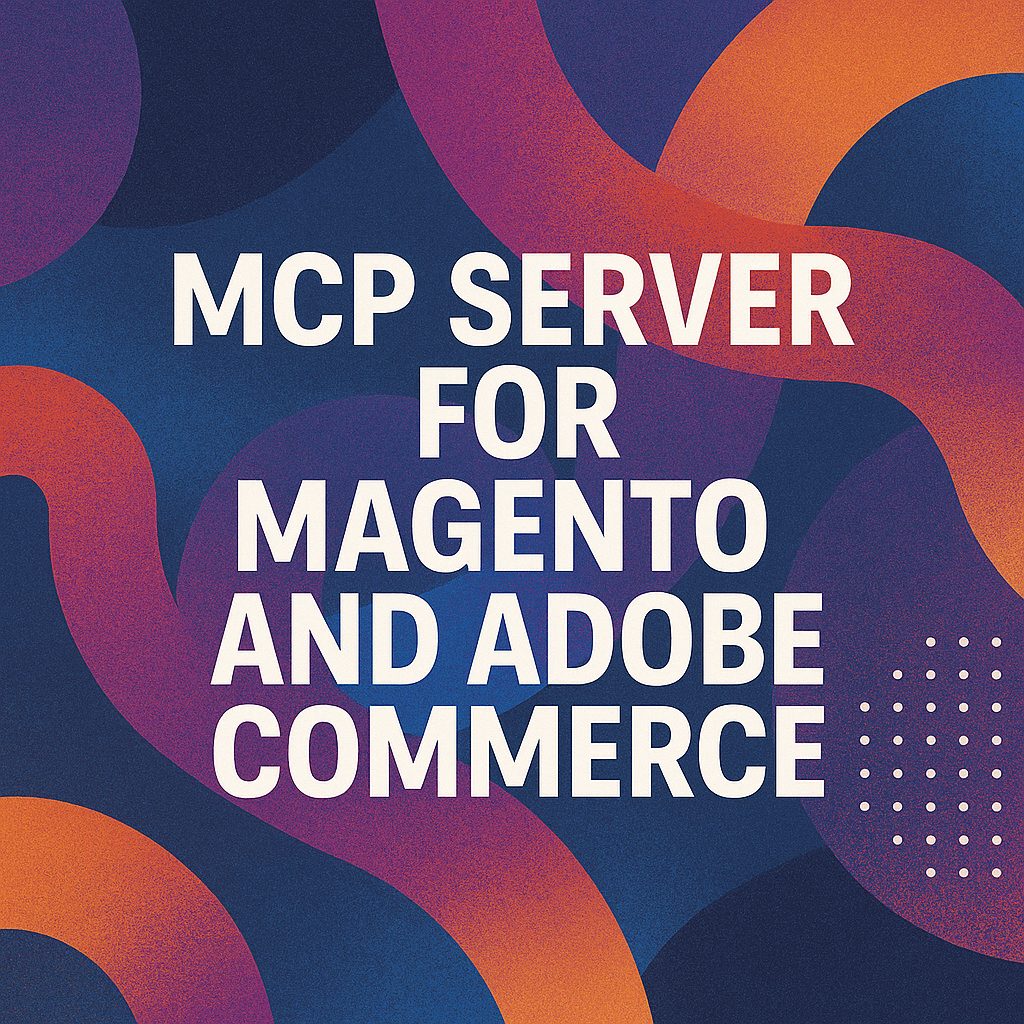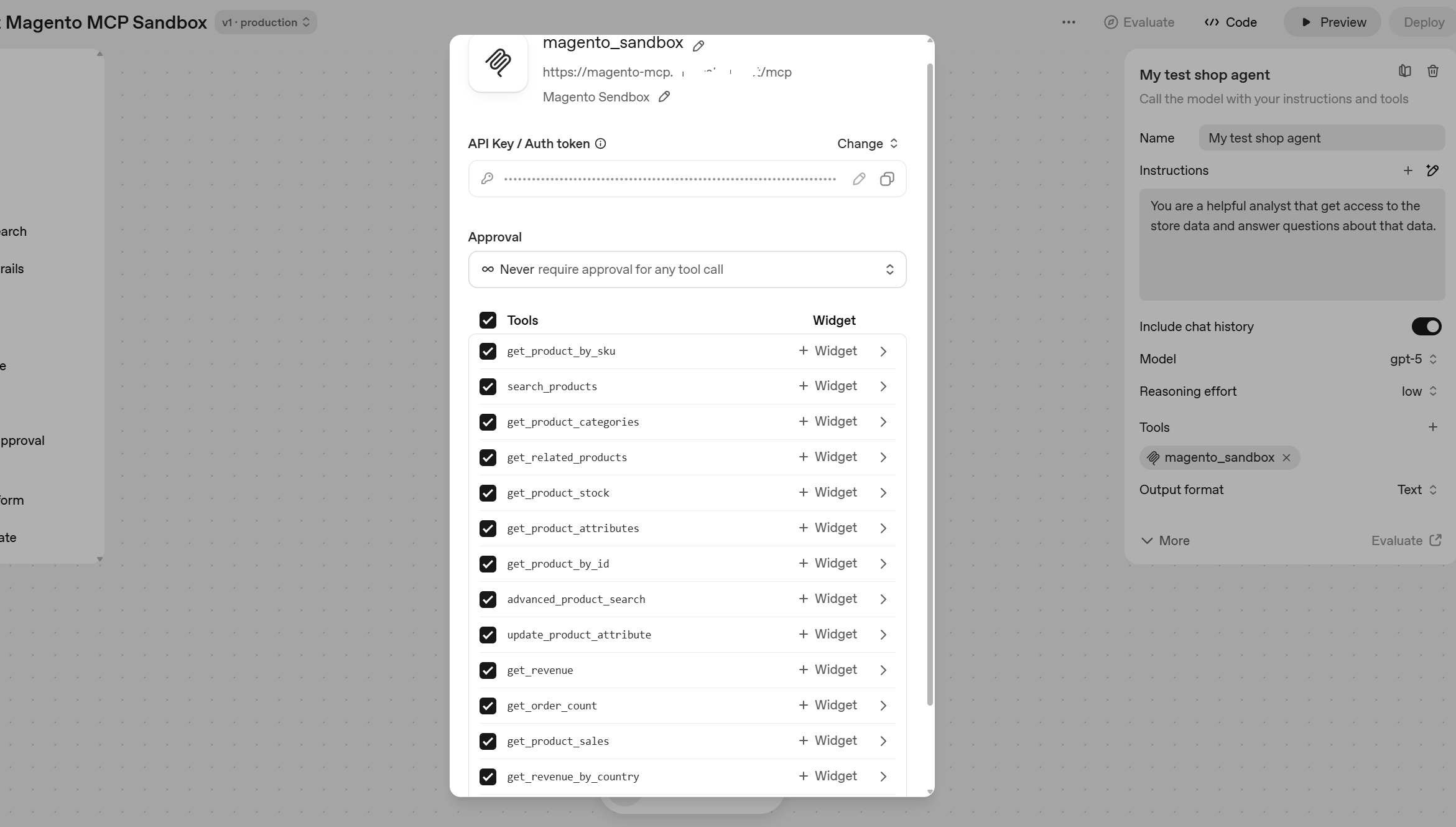
Magento Imagine 2019 is the last Magento Imagine as community knows it and at the same time the first one I participated. In this post rather than trying to make highlights or retell the most important presentation, I’ll just share several stories based on the conversation with some people I met in Las Vegas.
Story #1: moving out from Hybris
I met a team from a big US merchants over the lunch at the last day of Magento Imagine. Some people already packed their bags and in general the atmosphere was pretty tranquil. There were 4 or 5 people from this merchant attending the conference.
Their story was not unusual. For five years the company had tried to build a decent ecommerce presence using Hybris (part of SAP now) and the project was not a success for various reasons, mainly due to the inflexibility of the platform and issues with implementation partner. Eventually they gave up and started to work with Magento 2, which was much better experience so far: the plan is to launch a new store in few months. Magento is valued by this merchant for extensive ecosystem, flexibility and reasonable cost of ownership.
One of the challenges for them is to hire good Magento developer to in-house team, appeared that in their location it isn’t that easy. What was kind of a surprise for me that the merchant team is open to hire a remote team member even outside of US.
Story #2: stuck with Magento 1
Another US merchant I met has another typical challenge: to balance immediate Magento 1 online store improvement requests and replatforming it to Magento 2. They have quite a big internal tech team of 5 developers with experienced team lead, but still struggle to balance short and long term goals: the pipeline of urgent Magento 1 changes/fixes/improvements doesn’t leave enough resources to work with Magento 2.
The main problem here is that what you build in Magento 1 will be mostly unusable in Magento 2, so the investments in current platform improvement have very short term to deliver return. IMO sometimes it makes sense to pause and think, do we really need to develop this functionality now or it will be better to postpone it and make after Magento 2 migration.
Story #3. From custom Coldfusion store to Magento 2.
I met this merchant on the session dedicated to Magento 2 migration. They have almost finished a brand new Magento 2 store. What was the most surprising is that when I asked about the incumbent platform the answer was that it is a custom Coldfusion web application.
If you haven’t heard about Coldfusion – don’t be ashamed. The platform (by the way now owned by Adobe and to my surprise still alive) is a kind of a dinosaur. Having custom eCommerce platform is hard enough and have it based on so rare tech stack quadruples the challenge to keep it just working, forget about developing new functionality that consumers expect now.
A guy who works for this merchant understands that the change to a new platform is long overdue and was quite happy that now he will be able to spend more time working under business, using extensive Magento 2 functionality and with technical side outsourced to their implementation partner.
Several Magento Imagine photos
It is boring to read long text story, so here are several photos I made during the conference. It was on my phone camera and I am not a good photographer, so don’t judge me harsh 🙂
![Magento Imagine 2019 photo]()
General session, an effective appearance ![Magento Imagine 2019 photo]()
General session again ![Magento Imagine 2019 photo]()
One of break-out sessions ![Magento Imagine 2019 photo]()
Magento Lab session ![Magento Imagine 2019 photo]()
Main party ![Magento Imagine 2019 photo]()
Lunch, pool area at Wynn
Story #4. When Shopify struggles
This story is from a solution provider; I met him after official conference at a post-conference event. He works with both Magento and Shopify clients. Comparing these platforms is inevitable part of many conversations and I always tell that there is no one platform that is the best fit for every merchant. There are number of cases when Shopify is a better choice than Magento.
In this discussion however, a guy I talked was responsible for client ad campaigns tracking and management. He complained that tracking complex products in Shopify with analytic tool like Google Analytics is a significant challenge. There is no known native way to pass all the data he needs for analysis, so he had to find not elegant work-arounds. In Magento in contrast the things are nice and easy from this prospective.
Story #5. PWA and Magento extensions
PWA (Progressive Web Applications) was one of the top theme at Magento Imagine 2019. Magento itself developed its own PWA Studio and there are couple alternative solutions like VueStorefront. At the moment PWA in Magento world is a bit like sex in teenage world: everyone is talking about it, but very few practice.
So we discussed PWA in a chat with mid-tier Magento extension developer executive. While he understands the benefits of PWA for merchants and end users (better UX, good Google ranking), there are significant complexities with use of PWA instead of conventional front-end theme. One of them is inability to leverage extensive ecosystem of Magento extensions enhancing front-end user experience. Think about search, improved layered navigation, visual merchandising. At the moment extension vendors are quite lost and not sure how to work with PWA and should they do it at all right now. A kind of consensus we had is that it may be possible when a default PWA theme that can be used as a solid base appears. Something like current Lumo theme for Magento standard front-end. Unfortunately existing Venia theme for Magento PWA studio isn’t mature enough and betting on it is a significant risk for extension developers.
Conclusion and references
It was my first Magento Imagine, so hard for me to judge it personally, but according regulars, the vibe of the conference has changed after Adobe acquired Magento. It isn’t necessary a bad thing though. Magento Imagine is a massive event comparing with Magento Live Australia, which I usually attend, so I am happy that had that experience.
The next Magento Imagine will happen, but it will become Magento Imagine Summit and will be held ‘alongside’ (whatever this term means) with Adobe Summit. So I bet that it will be even more different from the past events.
If you are interested to check conference presentations (and you should, there are plenty of great ones on both technical and business topics) – check the conference website, most of them are available to download.
There are also couple of videos available, hopefully there will be more later.











